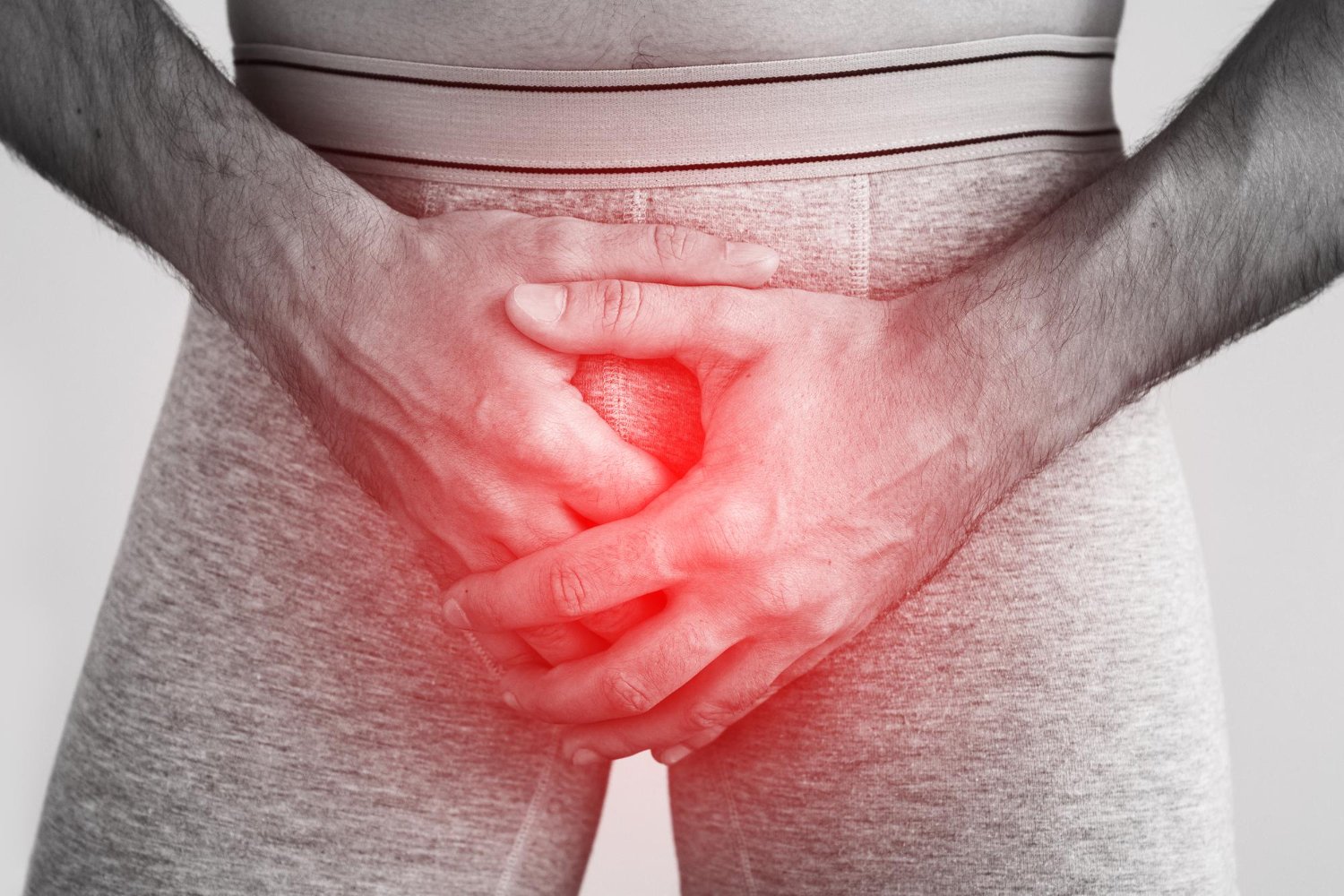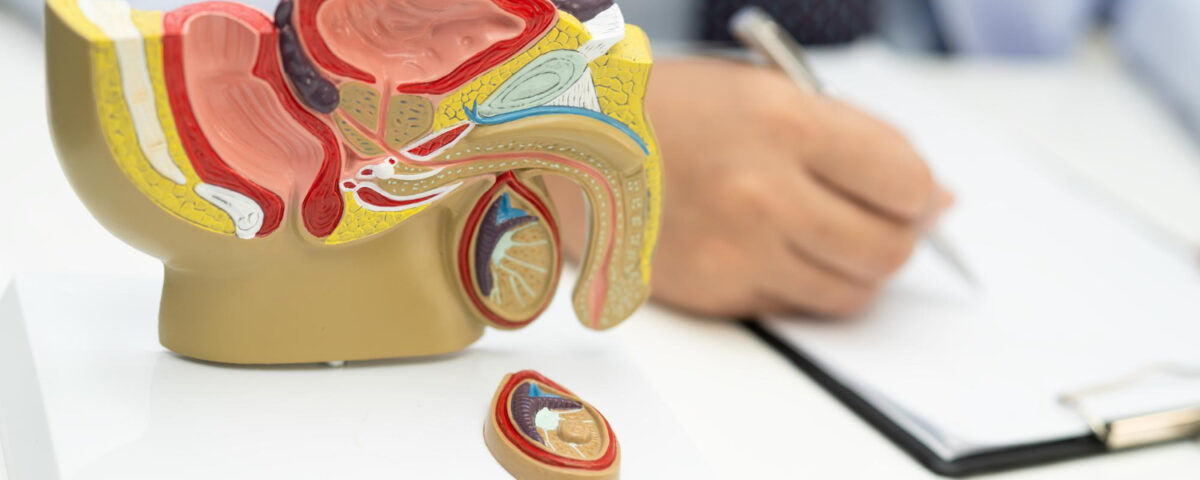Facing Peyronie’s disease can be emotionally and physically challenging. Penile curvature, pain during erection, and sexual difficulties often drive men to seek effective and preferably non-invasive solutions. If you’re wondering how to cure Peyronie’s disease without surgery, you’re in the right place. Today, thanks to advances in regenerative medicine, there are real options that can significantly improve or resolve this condition—without going under the knife. In this article, we explore the most advanced strategies, with a special focus on the innovative approach developed by Prof. Fabio Castiglione, Consultant Urologist and Andrologist in London.
How to Cure Peyronie’s disease without Surgery — But What Is Peyronie’s? 
Peyronie’s disease, or Induratio Penis Plastica (IPP), is a connective tissue disorder affecting the penis. It’s characterized by fibrous plaques (scar-like tissue) forming in the tunica albuginea, the sheath around the corpora cavernosa. These plaques reduce tissue elasticity, leading to symptoms such as:
- Abnormal penile curvature during erection
- Pain during erection (especially in the early inflammatory phase)
- Shortening or narrowing of the penis (“hourglass deformity”)
- Erectile dysfunction
Diagnosis is often a source of anxiety. Many men fear surgery is the only way out—a complex procedure with potential risks like penile shortening, loss of sensitivity, or post-op erectile dysfunction. For these reasons, non-surgical options are a top priority for patients and leading-edge specialists alike.
Causes of Peyronie’s disease
While the exact cause isn’t fully understood, it’s believed that Peyronie’s stems from repeated microtrauma to the penis, often during sexual activity. In genetically predisposed individuals, healing doesn’t proceed normally. Instead of regenerating elastic tissue, the body forms disorganized scar tissue (plaque). Risk factors like diabetes, hypertension, autoimmune conditions, and age may increase susceptibility. Understanding this helps explain why regenerative therapies are such a promising frontier today.
Common questions about Peyronie’s Disease
Before exploring treatments, let’s answer some of the most frequent questions men ask.
-
Can Peyronie’s disease go away on its own?
Spontaneous resolution occurs in only about 10–15% of cases, usually when symptoms are mild. However, most cases tend to stabilize or worsen over time. Hoping the condition will resolve without action is risky. A specialist consultation is essential to monitor plaque progression and intervene early—before curvature becomes disabling.
-
What is the best treatment for Peyronie’s disease?
There’s no single “best” treatment for everyone. The choice depends on several factors: disease phase (acute/inflammatory vs. chronic/stable), curvature severity, presence of pain, impact on sexual function, and patient expectations. A customized approach, discussed with an experienced andrologist, is key—considering everything from non-surgical treatments to surgery (always as a last resort).
-
Can penile stretching be done safely?
Manual stretching or using traction devices and vacuum pumps may help counteract scarring and preserve length. For safety, follow a specialist’s exact protocol. Light, consistent traction for set hours is advised. The goal is not to “force” correction, but to promote tissue remodeling. Improper use can cause further trauma.
Want to know how to treat Peyronie’s without surgery? Call Prof. Castiglione at +447830398165 for a consultation.
Overview of non-Surgical treatments

The search for non-invasive options has led to several strategies. Let’s break them down.
Oral and topical medications
- Oral meds: Drugs like Vitamin E, Potaba, Tamoxifen, Colchicine have been used, but lack strong scientific support. They’re not recommended in current international guidelines.
- Topical therapies: Verapamil-based gels or creams have poor skin penetration and limited effect on the tunica albuginea—clinical results are disappointing.
Intralesional injections
- This approach injects medication directly into the plaque to weaken or dissolve it.
-
- Collagenase (Xiaflex): The only FDA-approved Peyronie’s drug. Breaks down collagen in the plaque. Requires multiple injections and penile modeling. Effective for some, but expensive and carries rare risks like penile fracture.
- Verapamil and Interferon: Used off-label. Verapamil, a calcium blocker, may reduce plaque and curvature in some studies. Interferon targets inflammation and fibrosis, but cost and side effects limit its use.
Low-Intensity Shockwave Therapy (Li-ESWT)
Li-ESWT uses acoustic pulses applied to plaques and penile tissue. While initial studies suggested it could reduce curvature, latest evidence shows its main benefit is pain relief in early-phase Peyronie’s. It may improve blood flow, but rarely corrects curvature alone. However, as we’ll see, it’s highly effective as part of a combination approach.
Prof. Castiglione’s Fabio Protocol: The Synergy That Makes a Difference

Frustrated with the limits of single therapies, Prof. Fabio Castiglione, an internationally respected urologist and andrologist with extensive experience in regenerative medicine, developed a tailored, combined method for his patients. This “Fabio Protocol” is one of the most advanced answers to the question posed by this article.
What the Fabio protocol involves
The protocol combines three key elements, applied in a customized plan:
- PRP (Platelet-Rich Plasma): Obtained from the patient’s blood. Centrifugation isolates growth-factor-rich platelets. Injected into the plaque, PRP activates natural healing—breaking down scar tissue and regenerating healthy, elastic tissue.
- Low-Intensity Shockwaves (Li-ESWT): Improve blood flow and reduce inflammation. In this protocol, they “prime” the plaque to enhance PRP’s effectiveness.
- Controlled Penile Traction: Using a vacuum device or traction extender, under expert guidance, mechanical stretching reshapes tissue enhanced by PRP and shockwaves, helping straighten the penis and prevent further shortening.
Advantages of the Fabio Protocol
Strength in synergy. Each therapy has limits alone—but together, they offer unique benefits:
- Regenerative approach: Doesn’t just break plaque—replaces it with healthy tissue.
- Minimally invasive: Office-based procedures—no general anesthesia or hospitalization.
- Safe: Using the patient’s own blood, PRP has no risk of allergy or rejection.
- High efficacy: Clinical data presented by Prof. Castiglione at global conferences show better curvature, length, and erectile function than single therapies.
Castiglione carefully selects patients for this protocol, using dynamic penile ultrasound to map plaques and vascularization. This allows personalized, targeted care with optimal success rates—offering real hope for non-surgical results.
Comparison: Non-Surgical treatments vs. Surgery
Let’s be clear: surgery remains a valid option, and sometimes the only one. When curvature is severe (>60–70 degrees), stable for months, and prevents penetration, surgical correction may be necessary.
Two main techniques:
- Plication (e.g., Nesbit): Shortens the longer side of the penis to straighten it. Effective, but causes inevitable length loss.
- Plaque incision/excision with grafting: Removes or cuts the plaque and adds a graft (biological/synthetic). Preserves length but carries higher risk of erectile dysfunction.
But thanks to regenerative protocols like Prof. Castiglione’s, many who would have needed surgery now have alternatives. Avoiding or postponing surgery has clear benefits: no surgical risks, no iatrogenic shortening, and the chance to actually heal the tissue.
Wondering how to cure Peyronie’s without surgery? Call Prof. Castiglione at +447830398165 for a consultation.
FAQ about Prof. Castiglione’s Protocol

- How much does it cost? Depends on number of sessions and case complexity. This is discussed at the initial consultation.
- How long does it last? Typically, the treatment spans several weeks with PRP and shockwave sessions.
- What is the recovery time? Office-based procedures with immediate return to normal activity.
- Is it covered by insurance? Coverage varies. Castiglione’s team can provide documents for reimbursement, but coverage is not guaranteed.
Conclusion
A Peyronie’s diagnosis no longer means inevitable surgery or resignation. The question “how to cure Peyronie’s disease without surgery” now has real, effective, and evidence-based answers. Multimodal, regenerative approaches like Prof. Fabio Castiglione’s Fabio Protocol are redefining care. By combining PRP, shockwaves, and penile rehab, you can halt progression and significantly improve curvature and function—safely and non-invasively. If you’re struggling with Peyronie’s, the first step is a specialist consultation with someone who can provide a full diagnostic workup and cutting-edge treatment options.
To learn how to cure Peyronie’s disease without surgery with a personalized approach, contact Prof. Fabio Castiglione’s clinic in London at +447830398165.

